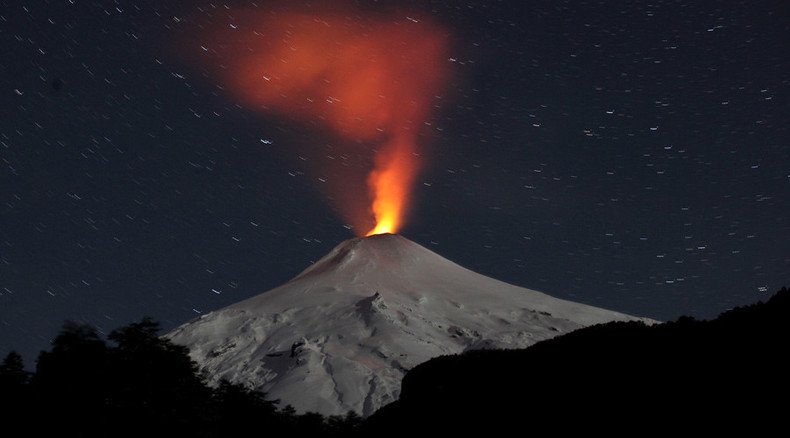Life existed on Earth 300mn years earlier than previously thought - new findings

Scientists believe that life may have existed 300 million years earlier on Earth than previously thought. They analyzed data from tiny pieces of a mineral in Australia and managed to date them back to when the planet was just 400 million years old.
The researchers were looking at pieces of the mineral zircon, in Western Australia. After taking the samples back to the lab, they found a ‘chemo-fossil’ or a certain mix of carbon isotopes, a study in the journal Proceedings of the National Academy of Sciences stated.
Think of it as "the gooey remains of biotic life or anything more complicated," said study co-author Mark Harrison, a UCLA geochemistry professor, as cited by AP.
They were able to determine this because carbon has different weights. The carbon residue in the pieces of zircon had a greater percentage of lighter carbon, which scientists usually manage to find in remnants of life, just as if your finger decayed, Harrison said.
Life appears on Earth 300 million years earlier than thought https://t.co/ODgvzQsRkE Supports RTB's creation model pic.twitter.com/JSnubxbMdK
— Fazale Rana (@RTB_FRana) October 20, 2015It is widely accepted that Earth formed around 4.5 billion years ago. However for the first few hundred million years, its surface was believed to be too hot due to molten lava, while there was a lack of water, which would have made it impossible for life to take hold. Life was thought to have appeared around 700 million years after the formation.
However Harrison disputes this, saying that there is no physical evidence for the theory. What the zircon shows is "the Earth by 4.1, 4.2 billion years ago was basically behaving like it is today."
Underwater electricity gave spark to life on Earth, NASA scientists say http://t.co/QU3USBFglhpic.twitter.com/dk7zsaQmrD
— RT (@RT_com) August 8, 2015"This is what transformative science is all about," said Stephen Mojzsis, a University of Colorado scientist, according to AP. "If life is responsible for these signatures, it arrives fast and early."
Harrison’s findings were supported by S. Blair Hedges from Temple University, who said they “make sense.”
"If life arose relatively quickly on Earth, then it could be common in the universe," he said.












